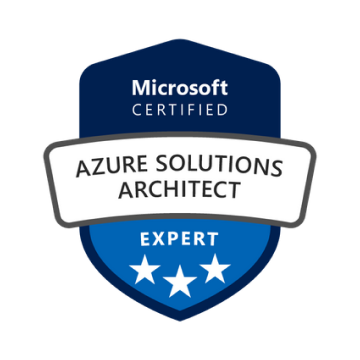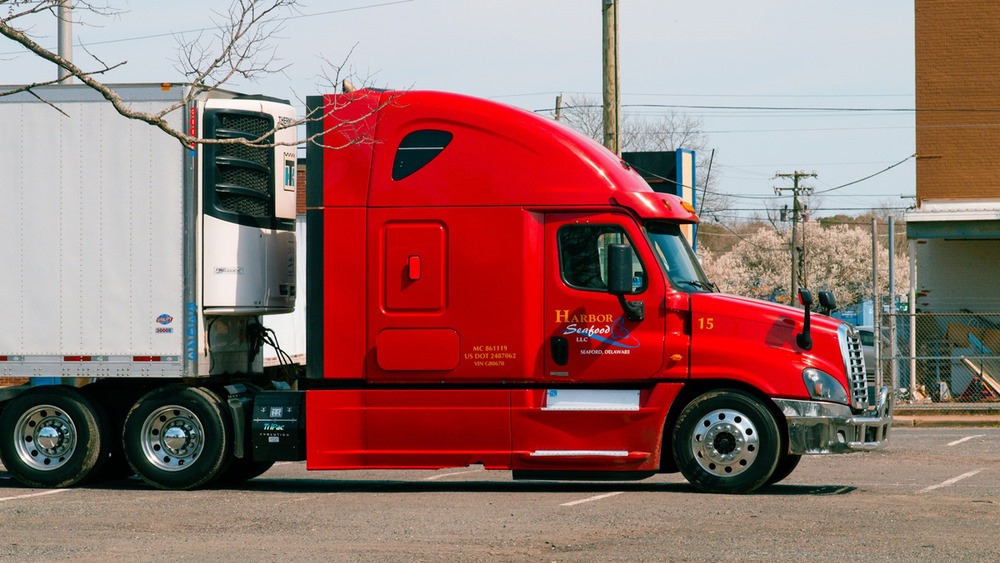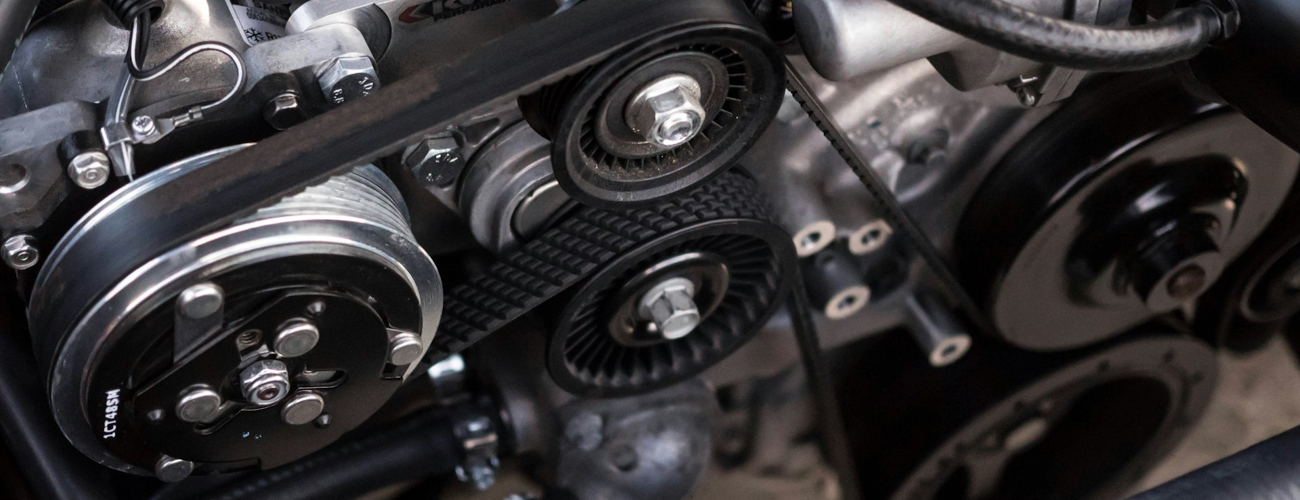Mining IT Solutions
Modern mine sites run on a mix of fleet systems, plant control, mine planning, and ERP. Gaps between them create blind spots – lost tons, idle assets, late trucks, and maintenance that reacts after a failure. We connect pit, plant, and port so you see the whole value chain in one place, act earlier, and lower cost per ton.

Our Offerings
OT/IT Integration & Unified Data Layer
We connect plant control (SCADA/PLCs), fleet and dispatch, MES, and ERP into a single data layer. Connectors ingest telemetry via OPC UA/MQTT and merge it with events from dispatch systems and maintenance logs. Time-series and tabular data are modeled with common IDs (asset, pit, shift, bench) so reports and apps line up across pit, plant, and port. Edge gateways cache and sync during backhaul drops, so crews still capture data on low-connectivity routes. The result is one version of truth your teams can use for decisions in real time and for monthly reconciliation later.
Fleet & Dispatch Optimization
We analyze haul cycles end-to-end – spot time, queue time, travel segments, payload variance – and feed those insights into dispatch rules. Integrations with common FMS platforms allow dynamic assignments based on shovel availability, queue length, and haul distance. Short-term mine plans can be translated into simple constraints (priority blocks, roads under repair, shift targets) that the dispatcher sees as clear guidance. KPIs like tons per hour, truck utilization, and fuel per ton update continuously so supervisors act quickly.
Predictive Maintenance (Mobile & Fixed)
Telemetry from haul trucks, drills, conveyors, mills, and crushers—vibration, oil analysis, temperatures, pressures—feeds models that flag anomalies and estimate remaining useful life. Work orders are generated straight into SAP PM/Maximo with recommended parts and a maintenance window aligned to production plans. Planners can compare the cost of running to failure against a short outage while parts are on hand. Over time, failure modes become a library that speeds diagnostics across sites.
Plant Control & APC
We stabilize mill load, grind, and flotation performance with soft sensors and advanced process control. Models infer hard-to-measure variables (particle size, slurry density) and adjust setpoints within defined limits. Operators see clear guardrails and can switch between manual and APC with full context on why a move is suggested. Production teams track throughput, recovery, and energy per ton in one dashboard that ties back to raw signals for auditability.
Ore Tracking & Reconciliation
From block model to stockpile to plant, we tag material movements and track grade through blending points. Belt scales, RFID, and weightometer data combine with lab assays to calculate actual vs. planned grade at each step. Monthly and quarterly reconciliation reports highlight dilution, recovery gaps, and misrouting so planners and operations focus on the biggest losses first. Finance receives a clean chain of custody for metal accounting without manual spreadsheet stitching.
Edge Connectivity & Field IoT
Sites use a mix of private LTE/5G, Wi-Fi mesh, and microwave backhaul. We deploy rugged edge nodes with store-and-forward buffering, compression, and bandwidth-aware sync so pit and plant apps keep working during network drops. Critical alarms and operator messages get priority routing. Device health, firmware status, and SIM usage are monitored centrally to cut truck rolls and keep costs predictable.
Safety Tech & Operator Support
Fatigue monitoring, proximity detection, and geofencing reduce risk around heavy equipment. Camera-based alerts run on the edge to keep video local, pushing only events and metadata upstream. Badge or tag systems warn operators and pedestrians when separation distances shrink. Safety events are tied to training records and shift data so supervisors can spot patterns and coach teams with context.
ESG Data & Reporting
Diesel burn, electricity draw, water use, and land disturbance are captured at source and mapped to Scope 1 and 2 inventories. Sampling points and calculations are versioned so auditors can trace any figure back to raw measurements. Dashboards surface intensity metrics—energy per ton milled, water recycled ratio—and compare them to plan. Public reports come from the same governed dataset used by operations, cutting rework and disputes.
How We Bring Value To Your Business
We focus on outcomes that cut cost, raise throughput, and reduce operational risk. Here’s how the work shows up in day-to-day operations.
1
Lower Cost per Ton
Unified data across fleet, plant, and ERP exposes hidden loss – idle queues, light payloads, energy spikes. Dispatch rules reduce queue time, APC stabilizes mill load, and maintenance plans align with shift targets, so every truck hour and kilowatt delivers more. Finance sees cost drivers by pit, bench, asset, and shift, making budget moves grounded in operational facts instead of averages.
2
More Tons from the Same Fleet
Cycle analytics break each haul into segments – spot, load, travel, dump – so supervisors attack the slow pieces first. Real-time feedback on payload variance and shovel utilization helps crews hit target loads without chronic underfill or overload events. Short-term plan priorities flow into the FMS as simple constraints, turning plans into tons instead of slide decks.
3
Fewer Unplanned Stops
Sensor data from trucks, conveyors, and mills feeds models that flag early-stage faults with a remaining-life estimate. Planners schedule work in natural windows, bundle tasks, and stage parts ahead of time. The result is fewer fire drills, lower overtime, and uptime that tracks closer to nameplate.
4
Tighter Grade Control & Recovery
Material tracking ties block model, stockpiles, and plant feed together. Belt scales and lab assays reveal dilution and misrouting quickly, so blending and setpoints adjust before a month-end surprise. Metallurgy teams get a clean view of recovery vs. head grade, helping them tune reagents and grind to real conditions, not assumptions.
5
Faster Decisions at the Edge
Rugged edge nodes cache data and keep apps running during backhaul drops. Supervisors still see KPIs, alarms, and dispatch updates, then sync automatically when links return. Critical messages and safety events get priority, so crews act on time even in low-connectivity zones.
6
Clean, Auditable Reporting
Every production and ESG figure traces back to tagged sensors, samples, and transactions. Calculations are versioned, and the same governed dataset feeds daily ops dashboards and external disclosures. Audits move faster, and leadership can compare sites on a like-for-like basis without spreadsheet stitching.
Challenges We Commonly Solve
Mine sites often face the same core problems: fragmented systems, unstable processes, and fragile connectivity. We address the root causes so production, maintenance, and finance work from the same facts.
Ready to uncover quick wins across pit, plant, and port?
Why Choose WiserBrand
You need a partner who connects control rooms and the boardroom without adding complexity.
1
Vendor-neutral OT → Cloud integration
We integrate SCADA/PLCs, FMS, MES, and ERP into a governed data layer that runs on your cloud of choice. Connectors use open protocols (e.g., OPC UA, MQTT), and data models carry common IDs (asset, bench, shift). We document every mapping and hand over code and runbooks, so your team can operate and extend the stack without chasing us for changes.
2
Built for rugged, low-connectivity sites
Our edge-first architecture caches data, prioritizes critical alerts, and syncs bandwidth-aware when links return. Offline-capable apps keep dispatch and maintenance moving on remote haul roads and in plants. Designs account for power, environmental constraints, and existing radios, reducing surprises during rollout across mining operations.
3
Delivery that proves value early
Work starts with a fixed-scope pilot (8-12 weeks) focused on one value stream – such as haul cycle losses or mill stability. You get a unified data model, two live integrations, a production-ready dashboard, and a clear operating guide. If the pilot pays back, we scale by site and function using the same patterns, with training for supervisors, planners, and control room staff.
Cooperation Models
Choose the engagement style that fits your timelines, budget, and in-house capacity. Every model includes clear scope, documentation, and handover.
We start with a fixed-scope pilot focused on one value stream (e.g., haul cycle efficiency or mill stability). Deliverables typically include a unified data model, two live integrations, an operator-ready dashboard, and runbooks. A short decision gate follows to confirm value, then we scale by site or function using the same patterns and deployment playbooks.
A cross-functional pod (product lead, OT/data engineer, cloud/data engineer, full-stack dev, QA) works alongside your team using your repos, CI/CD, and change control. You own priorities; we deliver increments on a two-week cadence with clear release notes and user adoption metrics. This model suits ongoing roadmaps – new integrations, APC enhancements, and reporting improvements.
We deliver a defined project (e.g., ore tracking and reconciliation) and stay on to operate and improve it. The run phase covers monitoring, incident response, performance tuning, and minor feature releases on a monthly schedule. Patch windows align to production calendars, and quarterly reviews keep the backlog focused on the highest-impact items.
Our Experts Team Up With Major Players
Partnering with forward-thinking companies, we deliver digital solutions that empower businesses to reach new heights.
Our Approach
We work in short, low-risk phases that fit remote sites, keep crews productive, and prove value early before scaling across the mining value chain.
Value Framing & Scope
We align operations, maintenance, IT, and finance on a small set of problems to solve first (e.g., haul cycle losses, mill stability, grade drift). Together we define success metrics, acceptance criteria, site constraints, and a clear “done” for the pilot. Outputs include a data-source map, integration boundaries, target KPIs, and a decision gate for scale-up.
Field & Data Assessment
On site (or hybrid), we walk the pit, plant, and control rooms; review FMS/SCADA/MES/ERP; sample data; and confirm protocols (OPC UA, MQTT, REST). We document asset IDs, shift/bench conventions, network health, and offline points. The result is a practical connectivity plan and a first cut of the unified data model.
Architecture & Delivery Plan
We design the data layer (time-series + tabular), event schemas, and data contracts, then pick the minimal stack to ship the pilot quickly on your cloud. Access is role-based; changes follow your control process. A two-sprint backlog lays out connectors, edge services, dashboards/APC pieces, and tests, with a cutover plan that avoids production risk.
Pilot Build, Train & Cutover (8-12 weeks)
Connectors ingest fleet, plant, and lab data; edge nodes cache/sync during backhaul drops; dashboards and alerts go live for supervisors and control room staff. If predictive or APC components are in scope, they start in shadow mode, then move to assisted mode with operator guardrails. We run hands-on training and hand over runbooks before the gate review.
Scale, Operate & Improve
If the pilot hits targets, we replicate the pattern across lines or sites. Monitoring, incident playbooks, and quarterly value reviews keep the system healthy and focused on the biggest gains. We transfer ownership as your team is ready, with our pod available for new integrations, APC tuning, or reporting extensions.
Case Studies
Our case studies highlight the outcomes we’ve delivered and the approaches that made them possible.
Mining IT Solutions FAQ
Access to your FMS/dispatch, SCADA historian, lab results, and ERP, plus a network diagram and 2-3 subject-matter contacts per area. We’ll agree on 3-5 target KPIs and a tight scope, then kick off an 8-12 week pilot.
We start read-only with mirrored tags, run new logic in shadow mode, and move to assisted mode after operator sign-off. Changes follow your control process with clear rollback steps.
Yes. Edge nodes use store-and-forward and bandwidth-aware sync. Adapters cover OPC UA, MQTT, Modbus, REST, and common fleet and plant platforms so data lands in one model.
You do. Data models, code, mappings, and runbooks live in your repos with version control. Role-based access and full logs keep audits straightforward.
Queue time and payload variance in the pit, energy per ton and recovery stability in the plant, and fewer unplanned stops from predictive maintenance. Many sites also see faster grade reconciliation and cleaner ESG reporting.























